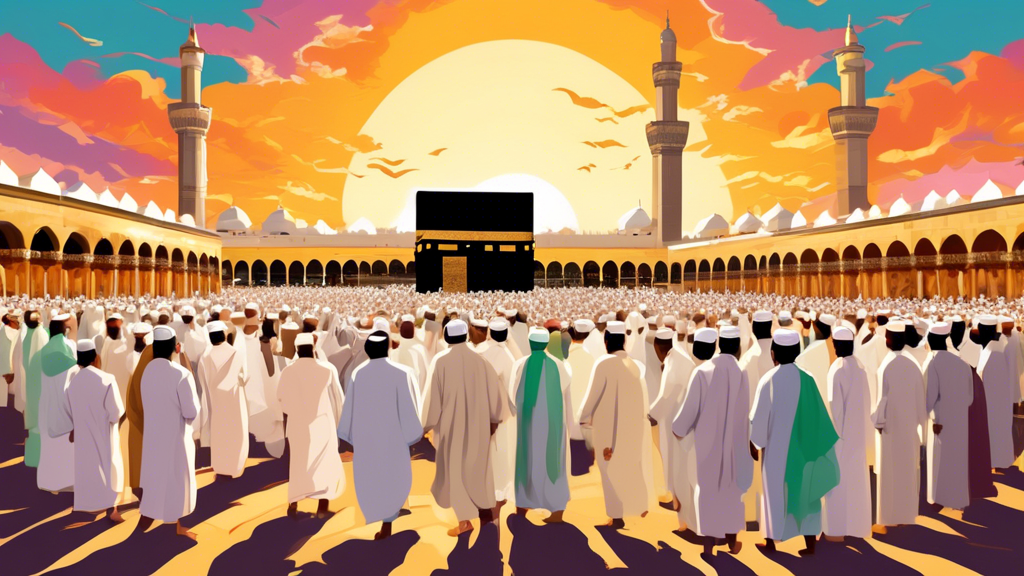Introduction to Hajj and Umrah
Hajj and Umrah are two types of pilgrimages that hold a significant place in Islam and are highly esteemed acts of worship for Muslims around the world. Both pilgrimages are undertaken in the city of Mecca, located in the Kingdom of Saudi Arabia, and involve a series of rituals performed at specific sacred sites. Despite their similarities, Hajj and Umrah are distinct in their significance, rituals, and the times at which they are performed.
The Significance of Hajj
Hajj is one of the Five Pillars of Islam, making it an obligatory act for all financially and physically capable Muslims to perform at least once in their lifetime. This pilgrimage occurs annually from the 8th to the 12th day of Dhu al-Hijjah, the last month of the Islamic Lunar calendar. Hajj is a demonstration of the solidarity of the Muslim people and their submission to God (Allah). The rituals of Hajj are a commemoration of the trials of Abraham and his family in Mecca, including his wife Hagar and their son Ishmael.
The Rituals of Hajj
The key rituals of Hajj include the Tawaf, which entails circling the Kaaba seven times, and the Sa’i, walking back and forth seven times between the hills of Safa and Marwah. This is a re-enactment of Hagar’s search for water for her son Ishmael. Pilgrims also gather on the plains of Arafat to pray for forgiveness in what is considered the pinnacle of the pilgrimage experience. Another significant ritual is the stoning of the pillars at Mina, symbolizing the rejection of evil, followed by the sacrificing of an animal, which is usually a sheep, goat, or cow. This act commemorates Abraham’s willingness to sacrifice his son in obedience to God, who ultimately provided a ram as a substitute.
The Significance of Umrah
While not mandatory, Umrah is highly recommended in Islam. It is often referred to as the ‘lesser pilgrimage’, due to its fewer and simpler rituals compared to Hajj. Umrah can be undertaken at any time of the year, which offers more flexibility for the pilgrims. The spiritual benefits and rewards of performing Umrah are immense, and it is considered an expiation for the sins committed between it and the next Umrah or Hajj.
The Rituals of Umrah
The rituals of Umrah include entering a state of Ihram—spiritual purity characterized by specific garments and intentions. Pilgrims perform the Tawaf, which involves circling the Kaaba seven times, and the Sa’i, walking between Safa and Marwah. The pilgrimage concludes with the shaving or cutting of hair, symbolizing a renewed state of purity.
Hajj and Umrah: Modern Practices and Challenges
Today, millions of Muslims from diverse backgrounds converge on Mecca annually to perform these sacred rituals. The Saudi government has implemented various infrastructural improvements in and around the holy sites to accommodate the growing number of pilgrims and enhance their safety and comfort. Nevertheless, the sheer volume of participants poses significant logistical challenges, not least in terms of accommodation, transportation, and crowd management.
Conclusion
Hajj and Umrah are more than religious obligations; they are profound spiritual journeys that cleanse the soul, inspirit communal bonds among Muslims worldwide, and reinforce the individual’s commitment to the tenets of Islam. They personify Muslim unity, serving as a potent reminder of the faith’s teachings on equality, humility, and devotion.
